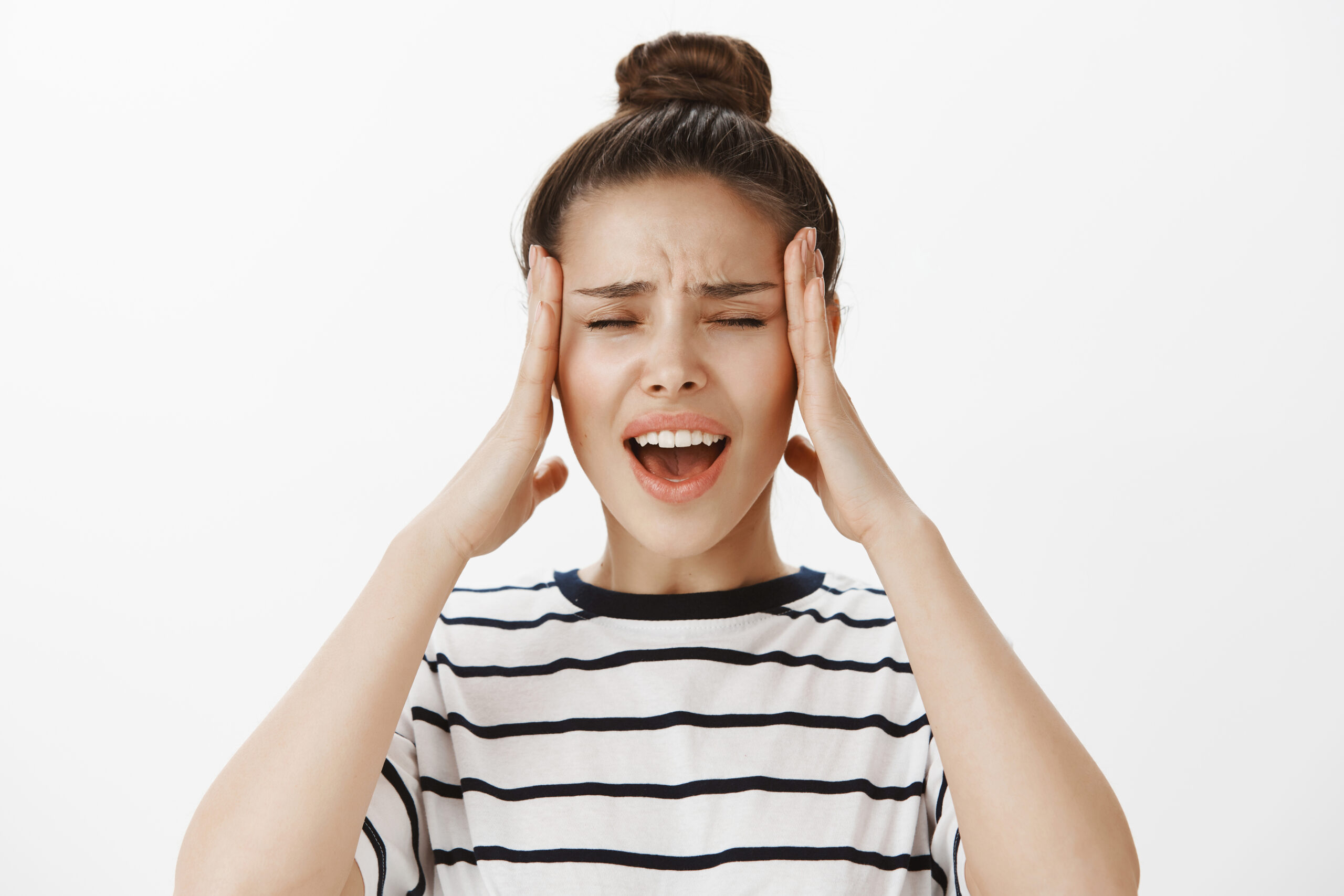introduction
A headache is a pain or discomfort in the head or face. There are several types of headaches, and tension headaches are the most common. Headaches: Causes, Types, and Treatment Options” While most headaches aren’t dangerous, certain types can be a sign of a serious underlying condition.

How do you make a headache go away?
Headaches are painful. But, guess what? They don’t have to ruin your day. Water is your friend here. Headaches hate hydration. So grab your water bottle and take a satisfying gulp. It might indicate to your wife that you’re not welcome. Now, let’s talk about relaxing. Too much stress can cause a headache faster than you can say, “Ole.” Deep breaths, a small nap, or even meditation can scare a headache away. And if that’s not enough, grab a warm or cold compress. Apply it to your forehead or nose. It’s like a magic wand—quick relief is just a click away. Also, make sure to sit straight. A slouched body can send your muscles into a frenzy and cause a headache. Take small breaks, stretch, and say goodbye to those pesky headaches. Can’t bear the pain? Over-the-counter medicines like ibuprofen or acetaminophen can come to your rescue. Just don’t become too friendly with them! They can cause more headaches if overused. So hydrate, unwind, sit right, and use medicine responsibly. We bet your headache won’t stand a chance!
What are the seven types of headaches?
Ever had a headache? Of course! But did you realise there are seven unique kinds? Once we get these types, we can treat them better.
1. **Tension Headaches**: Topping the headache list, they’re usually caused by stress or muscle tension. Imagine constant pressure around your head, particularly near the temples or the backside.
2. **Migraine Headaches**: These are powerful headaches lasting hours or even days. Telltale signs may include nausea, sensitivity to light or sound, or even vomiting. Watch out for triggers! Certain foods or hormonal changes can spark them.
3. Cluster Headaches: This painful group usually targets one side of the head. They can rudely interrupt your sleep with acute pain around one eye.
4. **Sinus Headaches**: Ever had an infection or allergy send your sinuses into overdrive? That’s probably a sinus headache. Forehead, cheeks, eyes—they’re the regular targets.
5. **Rebound Headaches**: Here’s something weird. Sometimes using too many headache pills gives you… a headache when the meds wear off. You have to stick to the prescribed amounts to avoid this vicious cycle.
6. **Hormone Headaches**: Ladies, have you ever struggled with headaches due to hormonal shifts? Whether it’s menstruation, pregnancy, or menopause—you’re not alone.
7. **Exertion Headaches**: Physical activities, such as exercise or even sex, can occasionally trigger a migraine. But don’t worry; they usually hit suddenly and fade quickly. Getting familiar with these headache varieties helps create precise treatment plans, making your route to relief smoother and boosting your overall well-being.
How can I identify my headache?
Want to fight your headache effectively? Knowing what type you’re facing is key. Different headaches come from various causes, each with its own set of symptoms. By understanding these contrasts, you can better address the root problem. Tension headaches, for example, are common and usually spring from stress, wrong posture, or tense muscles. They usually feel like continuous pain or pressure in the forehead or at the back of your head and neck. Handy images of tension points and affected muscles can clarify why this happens. Migraines are another type, but they’re more intense. They often bring along feelings of sickness, sensitivity to light and sound, and sight disturbances known as ‘auras.’ This typically affects one side of the head and may switch sides when it occurs.
Drawings that show the affected areas and common triggers, such as specific foods or hormonal changes, can be helpful. Cluster headaches, though not common, are excruciating. They show up in recurring patterns or clusters, known for their sharp, burning pain around one eye or temple. Seeing visuals about specific regions affected and possible causes, such as drinking or smoking, can be helpful. Inflammation in your sinus passages due to colds or allergies causes sinus headaches. You typically experience pain around your forehead, cheeks, and eyes. Visuals showing inflamed sinus passages and common allergy triggers can help identify this headache. You can choose the right treatment to relieve your headache by studying these pictures and understanding the unique causes of each.

Which is the best headache tablet?
Dealing with a nagging headache? Picking the right pill matters a lot. While there are many options available, ibuprofen stands out above the rest. Not just a painkiller, ibuprofen fights inflammation—often the real troublemaker behind headaches. Other headache pills might hide the pain, but ibuprofen gets to work fast, fixing the cause and easing discomfort for longer. Doctors worldwide recommend it because many studies show it’s effective and safe if used properly. Another plus? You can find ibuprofen everywhere. Ibuprofen is readily available as tablets or liquid gels, providing instant relief when needed. So, keep this in mind when a severe headache hits—ibuprofen is your go-to for quick and reliable relief.
What brand of medicine is best for headaches?
If you often suffer from headaches, having the correct medication ready can really change things. Many choices are accessible. Identifying the most effective and dependable headache medication options is straightforward. Here are your top 10 headache medication options:
1. **Tylenol (Acetaminophen)**: People love Tylenol for its gentle, effective pain relief. It’s a popular choice for those who want to reduce headache symptoms without severe side effects.
2. **Advil (Ibuprofen)**: Advil is a non-steroidal anti-inflammatory drug (NSAID) that fights headaches and reduces swelling. It serves two roles in one.
3. Aleve (Naproxen Sodium): With just one dose, Aleve provides lasting relief. It’s perfect for those needing headache control all day long.
4. **Excedrin Extra Strength**: By mixing acetaminophen, aspirin, and caffeine, Excedrin hits various pain points for speedy, thorough relief from headaches.
5. Motrin (Ibuprofen): Similar to Advil in the active ingredient, Motrin is another reliable NSAID. It effectively tackles both headache pain and inflammation.
6. **Bayer Aspirin**: Bayer Aspirin is a proven and reliable product. Beside calming headaches, it also benefits heart health when used properly.
7. **Midol Complete**: Initially aimed at menstrual troubles, Midol Complete blends acetaminophen, coffee, and pyrilamine maleate, making it a great headache remedy.
8. **Fioricet**: Fioricet is a prescription medicine that combines acetaminophen with butalbital and coffee, effectively treating tension headaches when other methods don’t cut it.
9. Imitrex (Sumatriptan): Designed specifically for migraine sufferers, Imitrex works by rapidly and effectively shrinking blood vessels around the brain, thereby diminishing symptoms.
10. **Zomig (Zolmitriptan)**: Another prescription medication, particularly for migraines, Zomig works quickly by targeting the brain’s serotonin receptors, easing headache pain and linked symptoms. Picking the right headache medicine relies on things like your headache’s nature and any other health problems. Always contact a healthcare professional before starting a new medication to ensure it’s safe and right for you.
